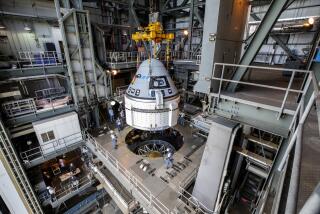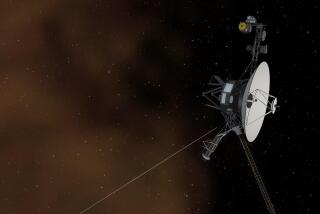Woes Continue for Scientists Aboard Shuttle
CAPE CANAVERAL, Fla. — Scientists aboard the shuttle Challenger encountered more troubles today on their complex Spacelab mission but reported the growth of two exotic crystals and said all the animals aboard are in good shape.
As the weeklong expedition moved into its second day, the seven-man crew continued to have communications problems and still has on-and-off plumbing difficulties.
Despite the troubles and lagging work, mission manager Joe Cremin said the crew is making progress and added: “I think we are going to go ahead and have a successful mission.”
He said only two of 11 experiments activated by midday today are not working. The experiments out of action were a faulty urine collection system for medical experiments that backed up and sprayed urine into the cabin, and a French astronomical camera.
Flight director Gary Coen said in Houston that engineers still do not know what caused the failure of the launch of one of two low-cost satellites from Challenger Monday but he said they are “certain” that the ordinary household batteries used in the launch system were not at fault.
Crystal-Growth Test
Civilian scientist Lodewijk van den Berg had problems activating one crystal growth experiment in the Spacelab module, and scientists on the ground told him to shut down the operation. But Cremin said he thinks that the experiment can be salvaged.
But Van den Berg said a mercuric iodide crystal in another cell in the Spacelab module is “slowly shaping up.” A French mercury iodide crystal is forming in another furnace.
Scientists want to see whether the lack of gravity in space will enable them to grow more perfect crystals than on Earth. Mercury iodide crystals are useful for X-ray and gamma ray detection and would be useful for nuclear power plants.
Despite the trouble bothering the human crew, Challenger’s “space zoo” of two squirrel monkeys and two dozen white rats seemed to be enjoying the flight.






